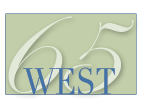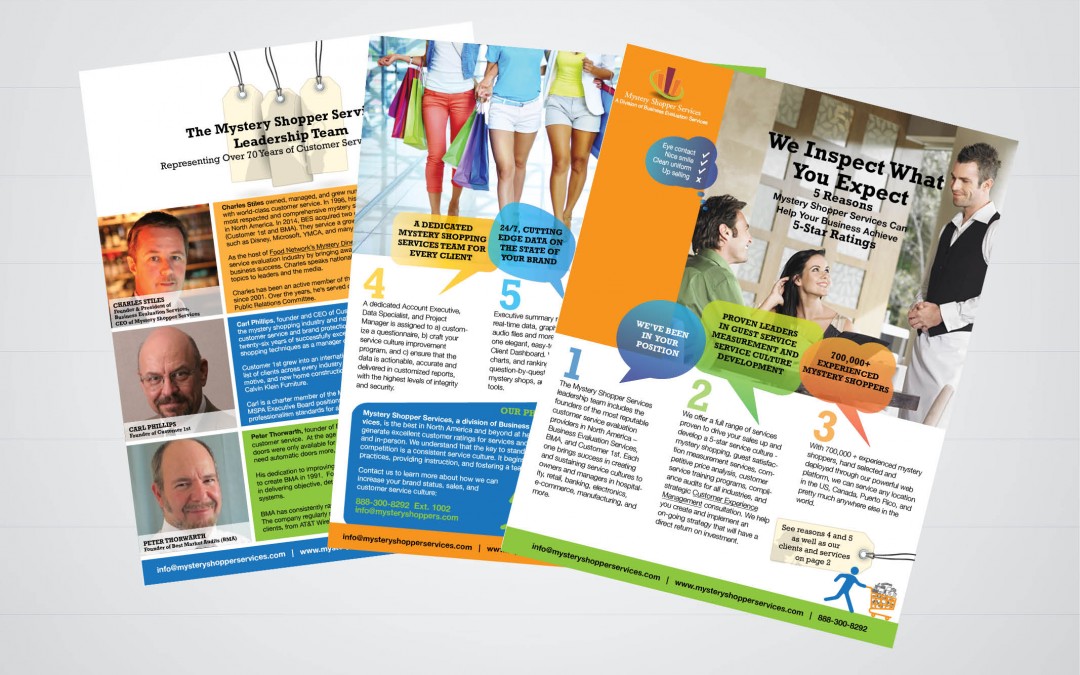Every small business encounters the feast or famine syndrome. How you address it is key to long-term success. You need a solid marketing strategy before the feast or the famine arrives.
Are you responding to marketing with one of these quips?
“I can’t manage the leads I’ve got. Business is booming. I don’t have time for marketing.”
“Business is down. We can’t afford marketing.”
Marketing is not about today’s sales but tomorrow’s. You know this.
Why do so many business owners avoid on-going investment in marketing?
- It’s expensive to do right and the ROI takes time to track
- The Digital Age has opened up so many opportunities, but it has also made things feel much more complicated. The pitches coming from marketers to create “content” and “do SEO” feel like packaged blue sky
- There’s just no time to get it done
These are all legitimate reasons, but they leave you without an on-going marketing strategy that will keep “oil” running smoothly through your business pipeline. Marketing must be part of your time and financial budget to really pay-off.
So, what does a modest marketing strategy with proven ROI potential for a business operating on a modest marketing budget look like?
Seven Low-Cost but Vital Elements for the Small Business Marketing Strategy
- Professionally written and designed description of what you do and who you are for multi-purpose print and digital use. This is a foundational brick in your branding. See one West 65 Inc did here.
- An “information logistics platform” , also called a website, for marketing and e-commerce that is easy to navigate, readable and visually appealing
- Email newsletter and email outreach campaign (monthly is best; quarterly is minimum)
- Case studies, executive summaries, fact sheets, or other well-written, designed, and thoughtful pieces illustrating the best of your work. See an example here.
- Professional photographs of you, your people, and products
- Short video(s) for post to YouTube and website
- A serious LinkedIn profile that you use (other social media platforms depending on your niche)
The first step is developing a plan and budget to tackle these elements. Next, you must map out how you’ll keep them going when the inevitable feast or famine hits. Finally, don’t lose sight of the fact that marketing does not replace old fashioned sales, delivering a great product or service, and building trust with the people you serve over time.
Share a story about what you’ve learned from the feast or famine syndrome in business. With your permission, we’ll use it in a future post. Sign-in here.

